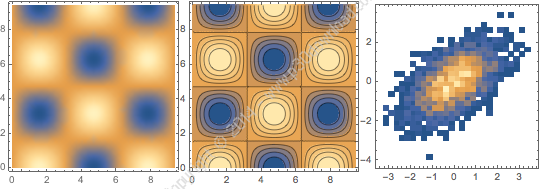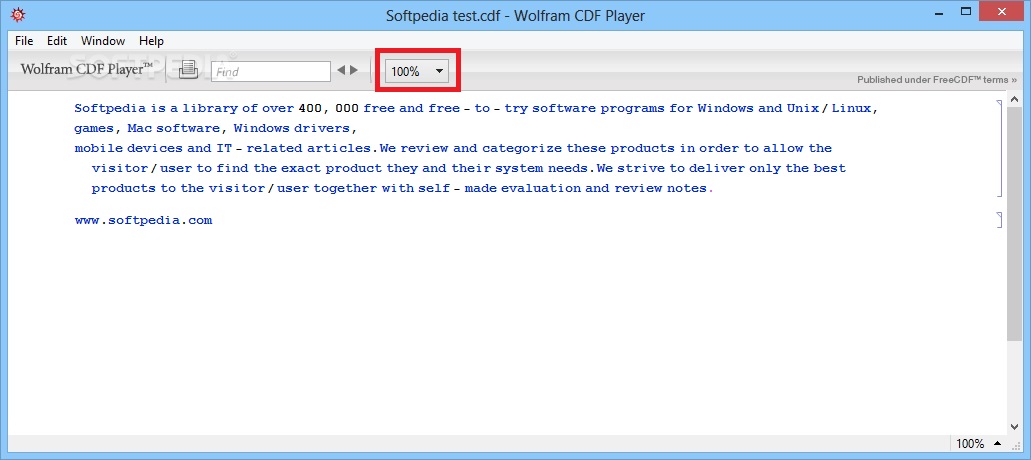

The WineQuality dataset includes several chemical properties of different wines such as the PH, Alcohol, Wine quality, etc. Mathematica has many built-in functions that one just needs to know a priori what they do and call them directly. One important feature of Mathematica is that in the majority of cases is not necessary to import any module or library like in R and Python. It is also clearly visible the feature names for each column. The second input command is that of using the SemanticImport function to transform a CVS file into a Mathematica dataset and displays the dataset in form of a table with rows and columns. The first input command in Code 1 is the CSV file path on your computer. Output database table with 1596 records for the red wine type. Once you have downloaded the CSV file on your computer, you can run the following Mathematica code: Code 1: : PATH = "path of your CSV file on your computer" : dataset = SemanticImport :įig. This would allow us to see what are the features and their values. The first thing is to see the dataset in a form of a table with rows and columns. This dataset is very well known and one can find it on the ICS ML datasets and directly download it as a CSV file. Mathematica has many well-known default datasets that are used in many classical ML examples. To perform ML with Mathematica one first needs a dataset and with Mathematica one can either create it or import it or load any of the existing default datasets. In my scripts, I will be using Mathematica 13. I assume that the reader knows at least how to use Mathematica and in case you do not know how to use it, I would recommend learning it since in my opinion is very easy to learn due to many built-in functions and methods. In this article, I want to show how can one perform ML with Mathematica and see its main advantages and disadvantages. The last two versions, namely Mathematica 12 and 13 have many built-in ML functions that can perform almost all needed ML computations. On the other hand, regarding the field of ML there are several software that can perform excellent computations such as Python, R, Java, Matlab, and Maple.Įarlier versions of Mathematica had very limited capabilities to perform ML efficiently, but as years have passed, it has integrated many different ML functionalities that are easy to use with shortcode lines.

One of the strongest points of Mathematica is symbolic computations and in this regard, there is no software that can compete with Mathematica. With Mathematica one essentially can perform all scientific calculations including Machine Learning (ML).

Wolfram Mathematica (or simply Mathematica) is one of the best software that exists for scientific computations and multitasking.


 0 kommentar(er)
0 kommentar(er)
